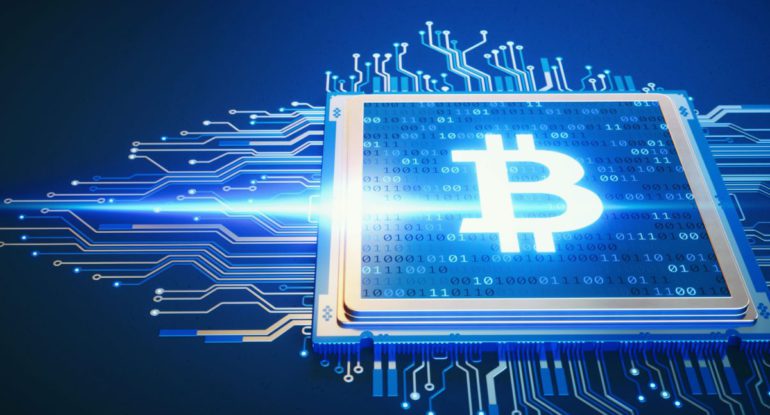Top 6 Strong Pillars Of Blockchain Networks You Need To Know About

These main elements of blockchain technology are divisive among blockchain enthusiasts. We can claim that more than three rules or standards can define any blockchain because all of its premises apply to blockchain networks. So, what distinguishes blockchain from other digital transaction platforms? To determine the most significant pillars, we must examine the blockchain from a variety of angles, bearing in mind the benefits that all blockchain users will receive.
The 5 Biggest Blockchain Trends In 2022
Security
The necessity that the majority of the network agree before any new update is entered is one of the fascinating methods of verification. This is one of the most crucial aspects of the online world. Because of the technology utilized, blockchain networks can provide high degrees of transaction security.
P2P (peer-to-peer) networks require an attestation ledger. For blockchain technology, it simultaneously records every transaction in multiple places.#jnctechlabs #blockchainfund #blockchainlife #blockchainevents#blockchain #secure #trending #jncfintech pic.twitter.com/0nwmAN08c9
— JNC TechLabs (@JncTechlabs) November 23, 2021
To be accepted into the blockchain, all blocks must have the same components; otherwise, they would be rejected. After that, it must be processed by the majority of network peers, who must agree that it was not altered by an intermediate. Another approach is using the “proof of work” process, which many blockchain networks use. It works by requiring each computer in the system to conduct complex mathematical calculations before validating the transaction. The reward is then dispersed among the peers in the Bitcoin network, which is usually a defined quantity of cryptocurrency or tokens.
Users may trust established blockchain networks with their transactions because of these many security features and standards. This is advantageous for those who do not trust banks, require secure money transfers, or wish to convert Bitcoin.
Decentralization
What is Decentralization in Blockchain?
Another pillar that is widely seen as critical to the advancement of blockchain technology. Many people are curious about who controls the blockchain. No one, to be precise. As previously indicated, some people process transactions but have no control over them. They can only check them before sending them to their final destination by solving math problems. They can’t add, update, or delete blocks because of security measures. To do so, one person or a group of people would have to obtain control of more than 50% of the network, which is extremely difficult to accomplish.
Because of decentralization, no institution, government, or organization can see what blockchain users do with their money, data, or other information.
Scalability
Blockchain can always perform at the same level because distributed ledger technology allows it to expand at a consistent rate. Thanks to users who join the network to verify transactions, every functionality may work regardless of how many requests are currently being handled.
Scalability can only be provided to a limited extent by financial institutions. On the other hand, blockchain can grow more accessible while maintaining its capacity. As a result, professional businesses can use Bitcoin for a number of objectives, such as payments and data sharing.
Also, read – Blockchain is Enabling Smarter Energy Grids
Transparency
Can blockchain networks remain transparent despite all of the security measures? Obviously, you won’t be able to see names, addresses, or other personally identifiable information, but you will be able to view the entire network’s history, which includes every transaction – wallet hash codes and amounts exchanged between them.
Immutability
A blockchain network’s transactions are irreversible, which means they can’t be undone. This is due to the cryptographic features of blockchain networks, which encrypt any data they receive.
Distribution
Thanks to blockchain technology, users may put their money on a site they can trust. Smart contracts are a logical match as a result. It’s a recent feature of the blockchain network that’s gaining traction. A smart contract is a cross between blockchain networks and a written contract. Smart contracts are a new means for parties to transmit vital resources such as money, agreements, shares, and other data that must be securely confirmed and received by a specific person or corporation. In the following section of this post, we’ll go through them in further detail.




























































